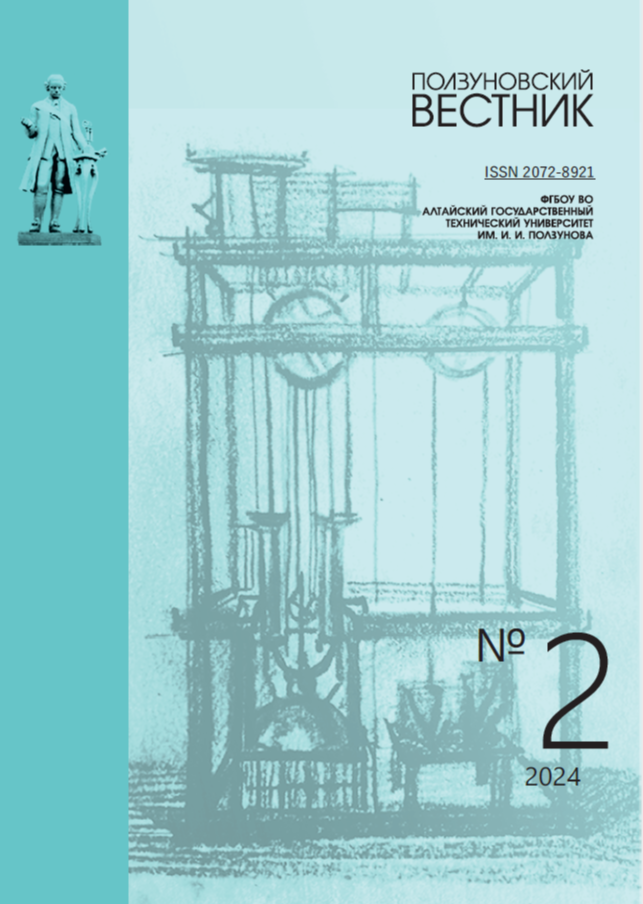EFFECT OF CAVITATION REGION INFLUENCE WITH THE PHASE BOUNDARY AND ITS INFLUENCE ON GAS DISSOLUTION PROCESSES: RESEARCH AND ANALYSIS
NYNSAX
DOI:
https://doi.org/10.25712/ASTU.2072-8921.2024.02.028Abstract
The article discusses the features of the ultrasonic cavitation region influence on the interphase boundary in the “liquid-gas” system with the aim of increasing the interphase surface area to intensify the mass transfer processes occurring in this system. The study examined a thin film layer of the liquid phase distributed over the surface of a solid. The conducted research and analysis made it possible to establish that the cavitation zone generated by ultrasonic vibrations contributes to the emergence of capillary waves, which directly leads to an increase in the contact area of the interacting phases. Work has been carried out to identify optimal modes of ultrasonic exposure in order to ensure the largest interfacial surface area. The identified optimal modes of ultrasonic irradiation will in the future make it possible to carry out physical and chemical processes involving various substances with increased efficiency. It has been established that the interfacial surface area increases up to 3 times when exposed to ultrasound at a frequency of 60 kHz, depending on the specific conditions for the implementation of technological processes and the characteristics of the substances involved in them.
The results obtained can be applied in practice, for example, for a more efficient gas dissolution process. In this case, processes such as the purification of gas mixtures and the production of target components have a high implementation efficiency, in comparison with non-optimal modes of ultrasonic exposure or without the use of ultrasonic vibrations at all to intensify the above processes.
References
Физические основы ультразвуковой технологии / под общ. ред. Л.Д. Розенберга. Москва : Наука, 1969. 689 с.
Исида Х. [и др.]. Поведение кавитационного пузыря вблизи твердых границ // Четвертый международный симпозиум по кавитации. США : Калифорнийский технологический институт, 2001. 5 с.
Повышение эффективности ультразвуковой кавитационной обработки вязких и дисперсных сред / В.Н. Хмелёв [и др.]. Бийск, 2011. 102 с.
Рождественский В.В. Кавитация. Ленинград : Судостроение, 1977. 247 с.
Выявление режимов ультразвукового воздействия, обеспечивающих формирование кавитационной области в высоковязких и неньютоновских жидкостях / В.Н. Хмелёв [и др.] // Южно-Сибирский научный вестник. 2014. № 1(5). С. 22–27.
Хмелёв В.Н., Голых Р.Н., Шалунов А.В., Шалунова А.В., Генне Д.В. Выявление оптимальных режимов ультразвукового воздействия для распыления вязких жидкостей путем математического моделирования // Материалы XIII Международной конференции и семинара по микро/нанотехнологиям и электроэро-зионной обработке электронных приборов. Новосибирск : НГТУ. 2012. С. 114–123.
Downloads
Published
How to Cite
Issue
Section
License
Copyright (c) 2024 Vladimir N. Khmelev, Roman N. Golykh, Sergey N. Tsyganok, Denis S. Abramenko, Aleksandr R. Barsukov, Vyacheslav D. Minakov

This work is licensed under a Creative Commons Attribution 4.0 International License.















 .
. This work is licensed under a
This work is licensed under a 
